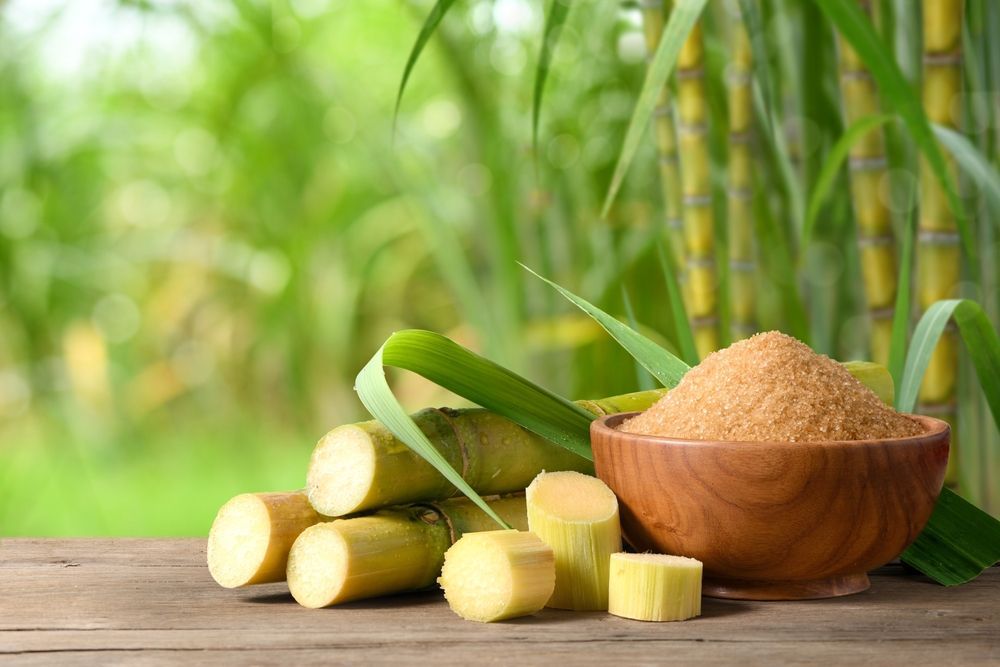Beet Sugar vs. Cane Sugar: Secret Differences You Should Know
The difference in between beet sugar and cane sugar extends beyond their comparable chemical structures; it encompasses their beginnings, production methods, and prospective health ramifications. While both kinds of sugar work as usual sugar, their divergent histories-- beet sugar arising in 19th century Europe and cane sugar tracing back to ancient Southeast Asia-- established the stage for a deeper expedition of their manufacturing processes and nutritional profiles. Recognizing these differences may affect customer choices in a market significantly concentrated on health and wellness and sustainability. What subtleties might better inform your decisions on these sugar?
Origins of Beet Sugar
Although beet sugar has actually become a significant gamer in the global sugar market, its beginnings can be mapped back to the very early 19th century when European scientists began checking out different sources of sugar. The zero hour occurred in 1801 when German drug store Andreas Marggraf determined sugar in the white beet, a discovery that prepared for succeeding research study and industrial applications.
The process of refining beet sugar was further progressed by his pupil, Franz Karl Achard, who developed the initial beet sugar manufacturing facility in Prussia in 1806. This advancement accompanied the Napoleonic Wars, throughout which profession disruptions resulted in a heightened need for residential sugar manufacturing in Europe. beet sugar vs cane sugar. Therefore, beet sugar obtained traction, especially in nations like France and Germany

Beginnings of Cane Sugar
Cane sugar, stemmed from the sugarcane plant, has a rich background that goes back countless years, mostly in tropical regions where the plant grows. The earliest evidence of sugarcane cultivation can be traced to New Guinea and Southeast Asia around 8,000 BCE. From these beginnings, expertise of sugarcane spread to India, where it was first processed into crystallized sugar by the 5th century CE.
As profession routes established, sugarcane reached Persia, the Mediterranean, and eventually Europe, where it was originally considered as a deluxe product. The expansion of sugar manufacturing happened throughout the Islamic Golden Era, which facilitated the transfer of farming techniques and developments. By the 15th century, the demand for sugar surged, prompting European nations to develop ranches in the Caribbean and South America.
This change not just transformed the agricultural landscape of these areas however additionally had considerable socio-economic effects, including the dependence on oppressed labor. Cane sugar, when a rare asset, came to be a staple in diet plans worldwide, laying the foundation for the international sugar sector we acknowledge today. Comprehending its origins is vital for valuing cane sugar's influence on cooking traditions and economies.
Manufacturing Processes
The production processes for both beet sugar and cane sugar involve several necessary actions that change raw materials into the crystalline sweeteners commonly used today. For beet sugar, the process starts with collecting sugar beetss, which are after that cleaned and sliced right into slim cossettes. These cossettes are subjected to hot water removal, permitting the sugar to dissolve.
In contrast, cane sugar manufacturing begins with the harvesting of sugarcane, which is squashed to draw out the juice. While both processes share resemblances, the resource material and particular techniques result in distinctive features for beet and cane sugars, affecting the choices of consumers and suppliers alike.
Nutritional Contrast
When contrasting the dietary accounts of beet sugar and cane sugar, it is necessary to acknowledge that both sweeteners are mainly made up of sucrose, causing comparable energy content and calorie values (beet sugar vs cane sugar). Both sorts of sugar typically consist of concerning 4 calories per gram, making them equivalent in terms of energy stipulation
Along with sucrose, both beet and cane sugars consist of trace amounts of nutrients; nevertheless, these amounts are minimal and do not considerably contribute to everyday nutritional demands. Both may include minute levels of magnesium, calcium, and potassium, yet these are not existing in enough amounts to provide any substantial health benefits.
Additionally, the absence of fiber in both kinds of sugar emphasizes their function as pure sweeteners as opposed to resources of nourishment. beet sugar check my source vs cane sugar. While they may provide a fast resource of energy, their absence of crucial nutrients stresses the relevance of small amounts in intake
Inevitably, from a purely dietary viewpoint, beet sugar and cane sugar are basically tantamount, making the option between the 2 mainly depending on elements such as taste choice, accessibility, and environmental factors to consider.
Health Effects
While beet sugar and cane sugar share comparable nutritional profiles, their wellness ramifications warrant factor to consider beyond plain make-up. Both sugars are mainly composed of sucrose, which can result in similar metabolic results; extreme consumption can contribute to weight problems, diabetic issues, and heart diseases. Nevertheless, the resource and production of these sugars might affect their general health influence.
Beet sugar next page is usually created making use of controversial chemicals, such as phosphoric acid, which may leave trace deposits. On the other hand, cane sugar undergoes a much more typical refining process, which has a tendency to be much less chemical-intensive. The visibility of these residues in beet sugar could increase problems for sensitive populations or those seeking to decrease chemical direct exposure.

In addition, the cultivation practices of sugar beetss and sugar cane may vary, with the previous frequently including even more extensive farming methods that can influence dirt health and biodiversity. This farming context might affect the more comprehensive health implications of sugar consumption on a population degree.
Inevitably, while both beet and cane sugars serve similar functions in the diet, consumers must take into see this website consideration the subtleties of manufacturing and sourcing when making notified options regarding their sugar consumption.
Verdict

While both types of sugar serve as usual sweeteners, their divergent backgrounds-- beet sugar emerging in 19th century Europe and cane sugar mapping back to ancient Southeast Asia-- established the phase for a deeper exploration of their manufacturing and dietary profiles.The process of refining beet sugar was more advanced by his trainee, Franz Karl Achard, that developed the initial beet sugar manufacturing facility in Prussia in 1806.The manufacturing processes for both beet sugar and cane sugar entail several crucial steps that change raw materials into the crystalline sweeteners commonly utilized today. For beet sugar, the procedure starts with harvesting sugar beetss, which are then cleaned and cut right into thin cossettes. The extraction processes further distinguish the two, with beet sugar using hot water removal and cane sugar entailing squashing.